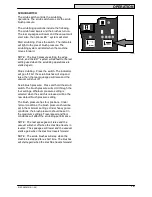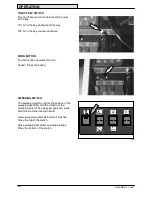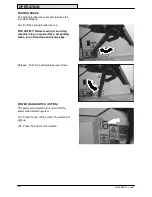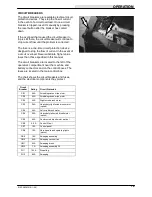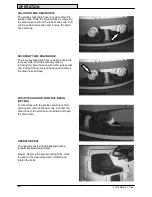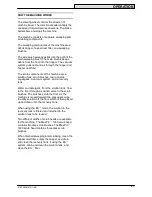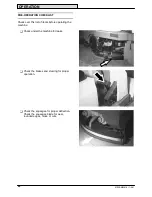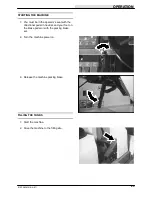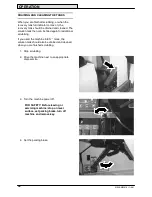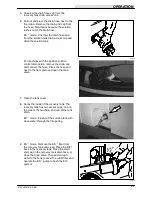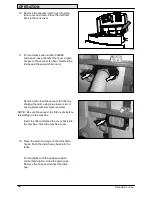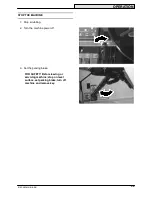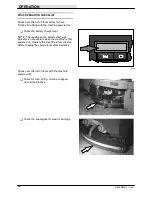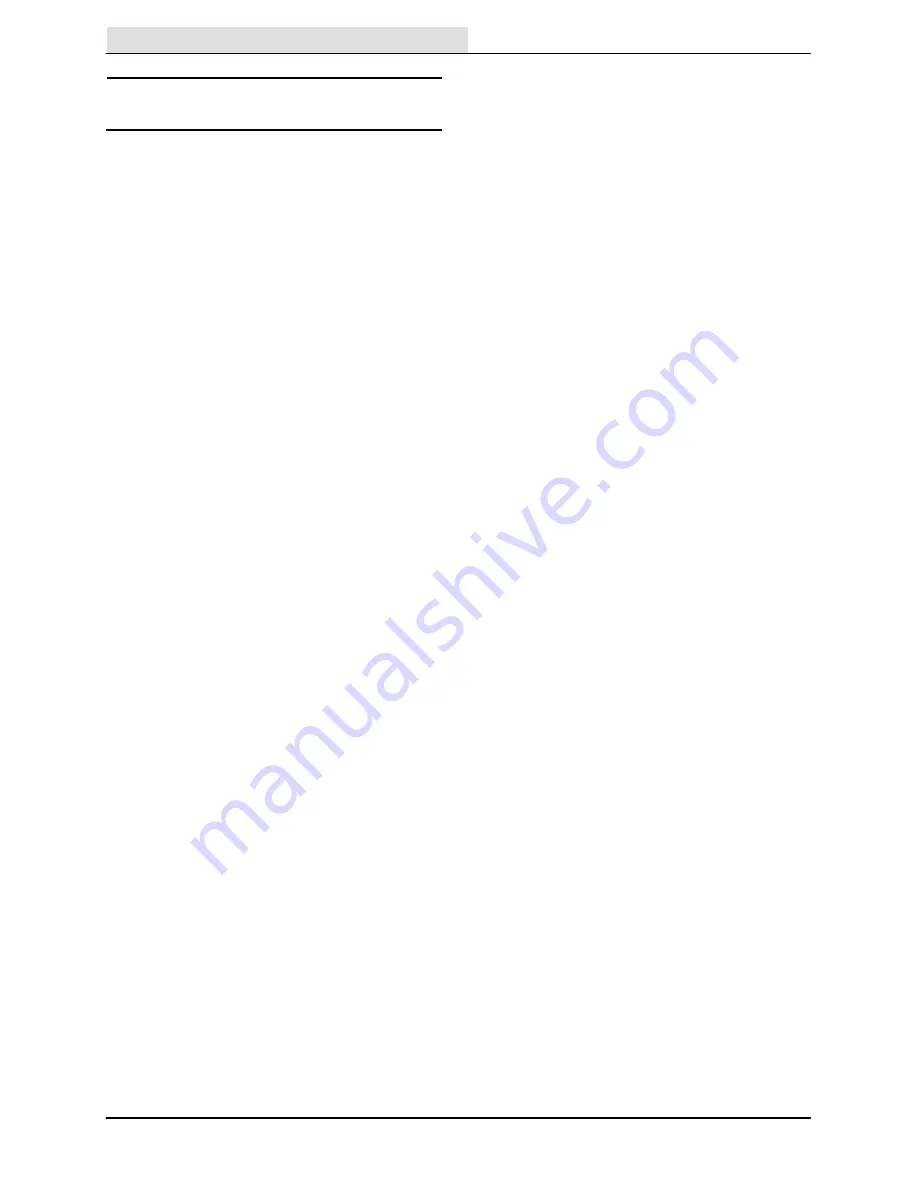
OPERATION
515SS MM419 (1--96)
26
SWEEPING, SCRUBBING, AND BRUSH
INFORMATION
Pick up oversized debris before cleaning. Pick up
pieces of wire, string, twine, etc., which could
become wrapped around the sweeping or
scrubbing brushes.
Plan the sweeping and scrubbing in advance. Try
to arrange long runs with minimum stopping and
starting. Sweep debris from very narrow aisles
into main aisles ahead of time. Do an entire floor
or section at one time.
Drive as straight a path as possible. Avoid
bumping into posts or scraping the sides of the
machine. Overlap the scrub paths by several
centimeters (a few inches).
Avoid turning the steering wheel too sharply when
the machine is in motion. The machine is very
responsive to the movement of the steering
wheel. Avoid sudden turns, except in
emergencies.
When scrubbing dead end aisles, start at the
closed end of the aisle and scrub your way out.
Adjust the machine speed, scrub brush pressure,
and solution flow as required when scrubbing.
Use minimum scrub brush pressure and solution
flow required for the best results. The machine
has an edge clean feature for scrubbing against
an edge.
If you see poor scrubbing performance, stop
scrubbing and refer to
MACHINE
TROUBLESHOOTING
.
For best results, use the correct brush type for
your cleaning application. The following are
recommended brush applications.
Polypropylene side sweeping brush
-- A good
general purpose brush for sweeping of light to
medium debris in both indoor and outdoor
applications. This brush is recommended when
bristles may get wet.
Polypropylene sweeping brush
-- Superior
pick-up of sand, gravel, and paper litter.
Polypropylene retains its stiffness when wet, and
can be used indoors or out with equal
performance. Not recommended for
high-temperature debris.




